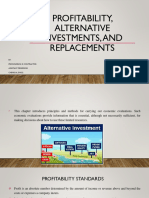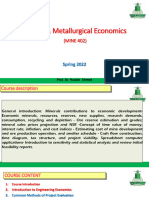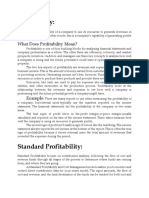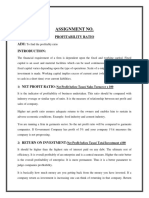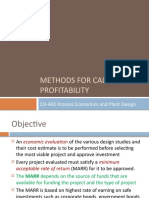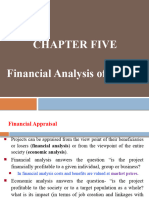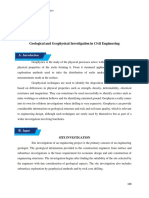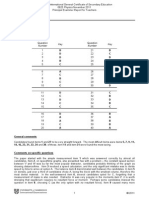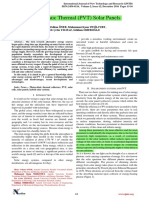0% found this document useful (0 votes)
17 views17 pagesProfitability Analysis Guide
The document discusses various methods for analyzing the profitability of projects or ventures, including percentage return on investment, pay-out time, and present worth. It provides formulas and explanations for calculating each method and factors to consider in economic analysis.
Uploaded by
Piyush GadhiyaCopyright
© © All Rights Reserved
We take content rights seriously. If you suspect this is your content, claim it here.
Available Formats
Download as PDF, TXT or read online on Scribd
0% found this document useful (0 votes)
17 views17 pagesProfitability Analysis Guide
The document discusses various methods for analyzing the profitability of projects or ventures, including percentage return on investment, pay-out time, and present worth. It provides formulas and explanations for calculating each method and factors to consider in economic analysis.
Uploaded by
Piyush GadhiyaCopyright
© © All Rights Reserved
We take content rights seriously. If you suspect this is your content, claim it here.
Available Formats
Download as PDF, TXT or read online on Scribd
/ 17

